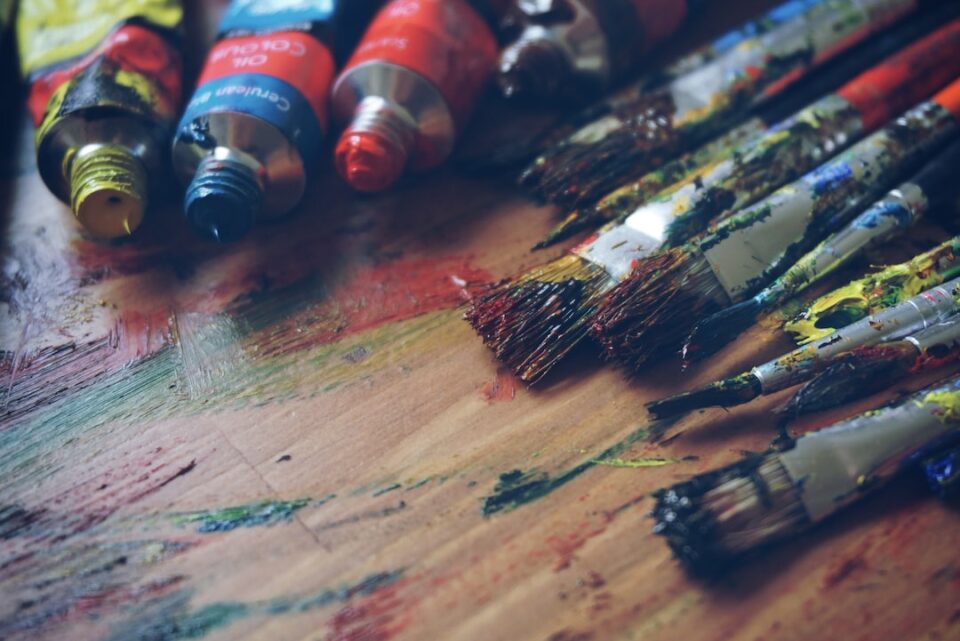Artists as Activists: The Power of Art in Advocacy
Art has long been a medium for self-expression, but in recent times, it has also become a powerful tool for activism and social change. Artists around the world have used their creative talents to advocate for important causes, sparking conversations, raising awareness, and inspiring action. This fusion of art and activism has proven to be a formidable force in shaping public opinion and driving meaningful change.
One of the most notable examples of artists as activists is the Guerilla Girls, an anonymous group of feminist artists who expose sexism and racism in the art world. Through their iconic posters and high-profile campaigns, they have challenged the status quo and forced the art world to confront its own biases. Their use of bold, provocative imagery and clever slogans has made their message impossible to ignore, and they have successfully inspired a new generation of artists to challenge injustice in their own work.
Similarly, street artists like Banksy have used their skills to shed light on social and political issues. Banksy’s thought-provoking murals have appeared on walls around the world, addressing topics such as war, consumerism, and inequality. By using public spaces as their canvas, these artists are able to reach a wide audience and generate conversations that extend beyond the confines of the art world.
In addition to raising awareness, art can also serve as a form of healing and catharsis for individuals and communities affected by social injustice. The performative art activism of groups like Act Up during the height of the AIDS crisis provided an outlet for those affected by the disease to channel their pain and anger into action. Through their powerful performances and demonstrations, they transformed the narrative around HIV/AIDS and forced governments and institutions to take action.
Art has also played a crucial role in advocating for the rights of marginalized communities. Artists like Ai Weiwei, a Chinese dissident artist, have used their work to challenge oppressive regimes and fight for human rights. Ai Weiwei’s installations and sculptures, often utilizing everyday materials, draw attention to issues such as government corruption, censorship, and the refugee crisis. By bridging the gap between art and politics, artists like Ai Weiwei have been able to bring international attention to the struggles of those who are often voiceless and marginalized.
The power of art in advocacy lies in its ability to transcend language and cultural barriers. Art speaks to our emotions, it appeals to our shared humanity, and it has the ability to evoke empathy and compassion. Whether it is a powerful photograph capturing a moment of injustice, a song with a powerful message, or a thought-provoking sculpture, art has the power to ignite a spark within us, inspiring us to take action and make a difference.
Furthermore, art can challenge our preconceived notions and push us to think critically about the world around us. Artists like Kara Walker, known for her provocative silhouettes exploring race and gender, force us to confront uncomfortable truths and engage in difficult conversations. By creating art that disrupts the status quo, these artists can challenge societal norms, question deeply ingrained biases, and promote empathy and understanding.
Artists as activists have the unique ability to use their creativity to imagine and envision a more just and equal world. They can offer alternative narratives, challenge dominant ideologies, and offer a vision for a better future. By transforming their frustration, pain, and hope into powerful works of art, they inspire others to question, to engage, and to act.
The power of art in advocacy cannot be understated. It has the ability to capture our attention, ignite our emotions, and spur us into action. Whether it is through murals on the street, performances that challenge the norm, or installations that provoke thought, artists have the power to shape our understanding of the world and inspire us to work towards a more just and equitable society. So let us celebrate the artists who use their talents for good, and let us recognize the transformative power of art in advocacy.

